There's no doubt about it, the Koreans are on the rise, and there's no better example of their emergence as carmakers on the world stage than the NF Hyundai Sonata released in 2005.
At the time of its launch it was universally praised by motoring writers who reported that it was a marked step forward from what Hyundai had previously been producing.
The new NF Sonata delivered the things that Hyundai had built its reputation on, things like a long features list and a value-for-money deal, but it also delivered a level of refinement and quality that had been lacking in earlier models from the big Korean carmaker.
MODEL WATCH
Hyundai made no bones about it, they were looking to Europe in their efforts to improve its cars, and it showed in the NF Sonata. It had to, of course, if it was to win sales from respected cars like the Toyota Camry, Mitsubishi 380 and Mazda6, all of which had a proven track record.
Bigger, better looking, with six airbags and a choice of four and six- cylinder engines there was plenty to like about the Sonata.
It still offered good value-for-money, but unlike earlier models the new Sonata didn't rely on that alone. It was well built, refined and smooth, and drove well. Beyond the attractive skin the cabin offered ample room for five adults, the seats were comfy soft, and the boot was generous.
The four-cylinder engine option was a 2.4-litre double overhead camshaft all-alloy unit that pumped out a solid 118 kW at 5800 revs and 219 Nm at 4250 revs that provided adequate get up and go. For more zip there was the option of a 3.3-litre V6, also an all- alloy unit with double overhead camshafts, four valves per cylinder and variable valve timing.
That achieved peaks of 173 kW at 6000 revs and 304 Nm at 3500 revs, just a smidgeon short of the Commodore's V6 engine at the time. The V6 was dropped from the range in 2008, at the same time a 2.0- litre four-cylinder turbo diesel engine was added to the list of engine choices in 2008 and that produced 110 kW and 305 Nm.
Manual addicts were limited for choice in the Sonata range, as only the base four-cylinder model was available with the five-speed manual. All others had automatic transmissions.
When the diesel arrived in 2008 it was available with either a six- speed manual or a four-speed auto. Final drive on all models was through the front wheels.
Like its predecessors the Sonata was well equipped with all models boasting an enticing list of standard goodies. The base model had air, power windows, remote central locking and front fog lights, while the uprange Elite had leather trim, alloy wheels, a better sound system, an eight-way power driver's seat and reversing sensors.
On the road the suspension tuning was something of a revelation, at least to most drivers who weren't interested in punting it along too hard when its weaknesses showed up. Otherwise it was smooth and comfortable, and most bumps were soaked up with ease, while the road holding and handling were competent.
IN THE SHOP
Like all cars from the Korean Peninsula the earlier Sonatas suffered from many and varied problems, but the NF substantially raised the bar and there are no serious problems that afflict it. The improvement is no doubt due to more thorough development and improved build quality. The result is that buyers can do so with confidence.
Even so, still look for a service record that can be verified and inspect for evidence of crash repairs.
IN A CRASH
With six airbags the Sonata was given a four-star rating by ANCAP in 2006. All models had ABS antilock brakes and traction control, but prior to 2008 it was only the V6 models that boasted the active safety provided by electronic stability control. After that date all models had the important safety feature.
UNDER THE PUMP
The four-cylinder Sonata, which was the popular choice, delivered around 10.0 L/100 km on average, the zippier V6 a little more at around 11.0 L/100 km. Road testers at the time reported the V6 could average around 10.5 L/ 100 km. The diesel would do 6.0-7.0 L/100 km depending on the transmission used.
LOOK FOR
- Pleasant looks .
- Roomy cabin .
- Improved fit and finish .
- Economical engines .
- Smooth driveability .
- Good value-for-money
THE BOTTOM LINE
Much-improved mid-sized Korean sedan with newfound refinement, smoothness, comfort and quality is well worth a look. 70/100
Have you owned a Hyndai Sonata? Tell us your experience in the comments below.
Hyundai Sonata 2005:
| Engine Type | V6, 3.3L |
|---|---|
| Fuel Type | Unleaded Petrol |
| Fuel Efficiency | 10.1L/100km (combined) |
| Seating | 5 |
| Price From | $2,970 - $4,620 |
Range and Specs
| Vehicle | Specs | Price* |
|---|---|---|
| Elite | 2.0L, Diesel, 4 SPEED AUTOMATIC | $3,850 - $5,720 |
| SLX | 2.0L, Diesel, 4 SPEED AUTOMATIC | $4,070 - $5,940 |
| SLX | 2.0L, Diesel, 6 SPEED MANUAL | $3,740 - $5,500 |
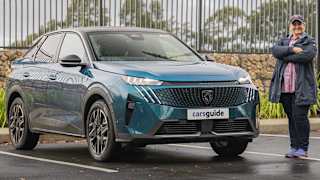
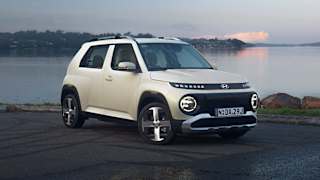




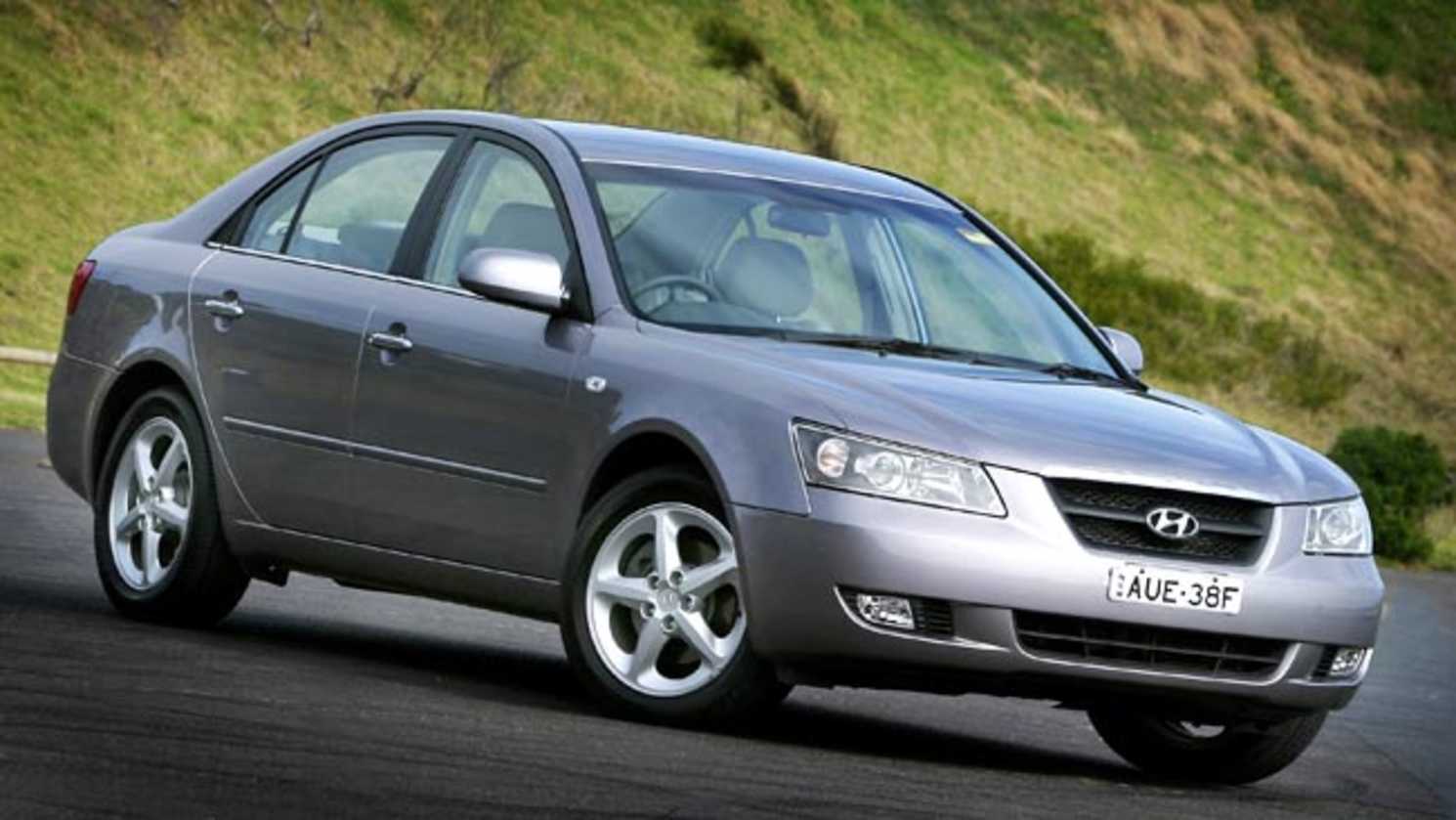

.jpg)

.jpg)
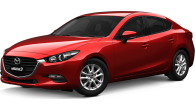
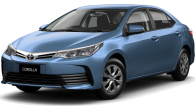
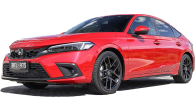




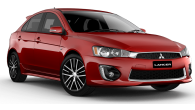

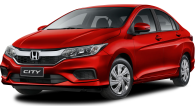



.png)

.jpg)

.jpg)
